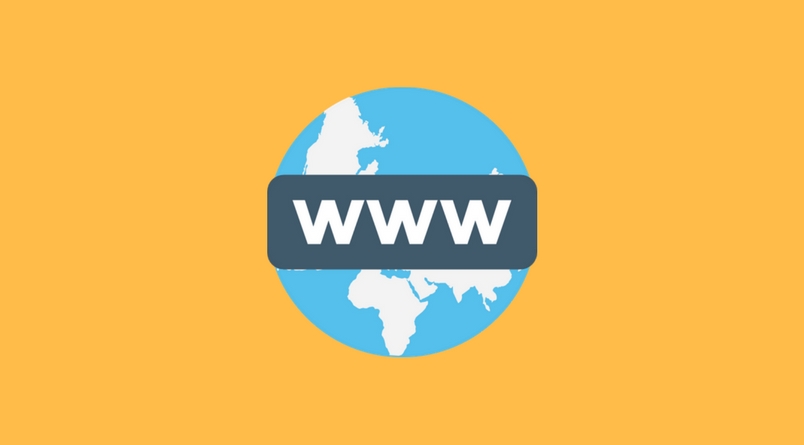The Internet is “a collection of computers connected by a global communication network” and it is such an integral part of our lives, and sometimes we take it for granted, but there were days when there was no Internet and we couldn’t surf on a computer and connect to our favorite website in a second, send an email, enter a Facebook feed or see clips at the click of a button.
When you look back at the history of the Internet, you realize that the Internet is a product whose development began for military and security purposes, but over the years it has become a symbol of the free and advanced world where knowledge and communication are open to everyone. Today there are over 3 billion internet surfers worldwide.
The Internet was born in the 1960s during the Cold War between the USA and the Soviet Union. At that time, there was a fear that in the event of a nuclear attack against the USA, the information would be destroyed and the USA would not be able to launch a counterattack, which is why they thought of the idea of transferring information over a network Telephone lines, something that will allow information to be shared between the computers that will be connected to the same network. From there the internet went and developed for the benefit of universities and research institutes.
In 1969, the first network called ARPANET started operating in the USA, this network connected a limited number of universities in the USA (such as UCLA), in the same year the first message was sent on the network – the message was sent from USLA University to Stanford University.
In 1971, Ray Tomlinson, an American computer programmer, developed the first software that allowed users of the ARPANET system to send mail to each other between different computers. This is what we now call email. He used the @ sign to separate the username from the system name. Since then this sign is used in e-mail addresses.
In the 1970s, a form of communication was developed that united small communication networks that were spread out in the US and allowed the transmission of text only. The TCP/IP protocol developed for this purpose became the official language of the Internet. mutual and called “USENET”.
During the 1980s, the Internet gradually began to be used by private users.
In 1991, Tim Berners-Lee invented WWW, which stands for Word Wide Web. This is the first network that used the HTTP protocol and in fact Burns-Lee created the network as we know it today.
In 1993 the “Mosaic” browser was created by the NCSA Mosaic team who created the first visual browser. The new browser combined images, graphics and text in one software. It was free and exceptionally easy to use. Unlike many text browsers, Mosaic ran on Windows-based computers, as well as Macintosh and Unix. Almost every browser created since then has been based on Mosaic.
The form of communication between users on the Internet has improved over the years – at first it was possible to communicate with each other only through email and at a later stage chats and forums were added. And today there are also social networks.
In the 90s, personal computers were purchased by private individuals and over the years, innovative browsers were created and browsing speed improved greatly. Today, there are both laptops and mobile devices that allow surfing the Internet.
In the 00’s the use of WIFI began andToday the internet is everywhere and allows us to be always connected and also connects people from all over the world, everything is accessible, fast and information flows freely on the net.



